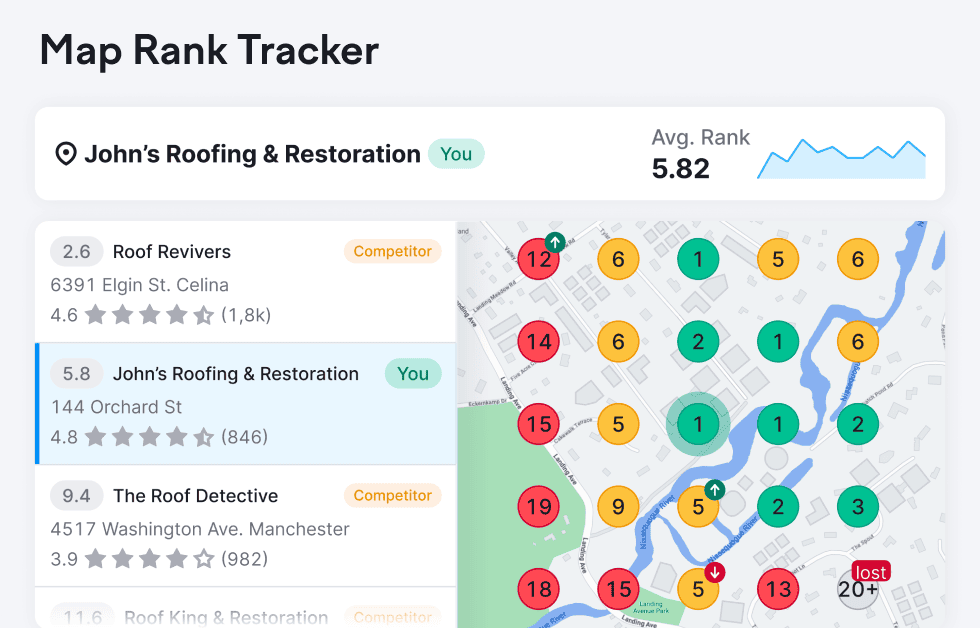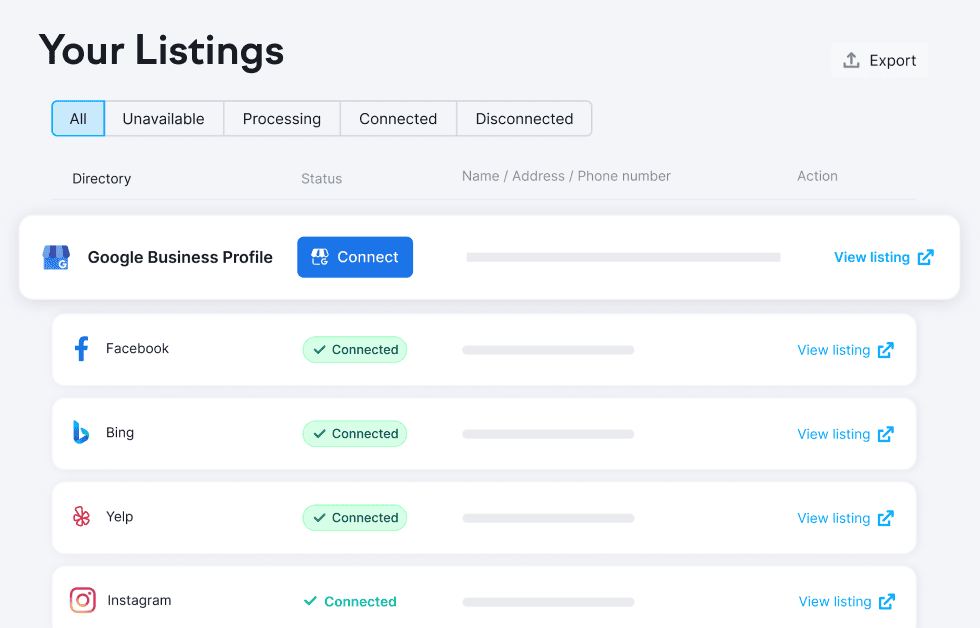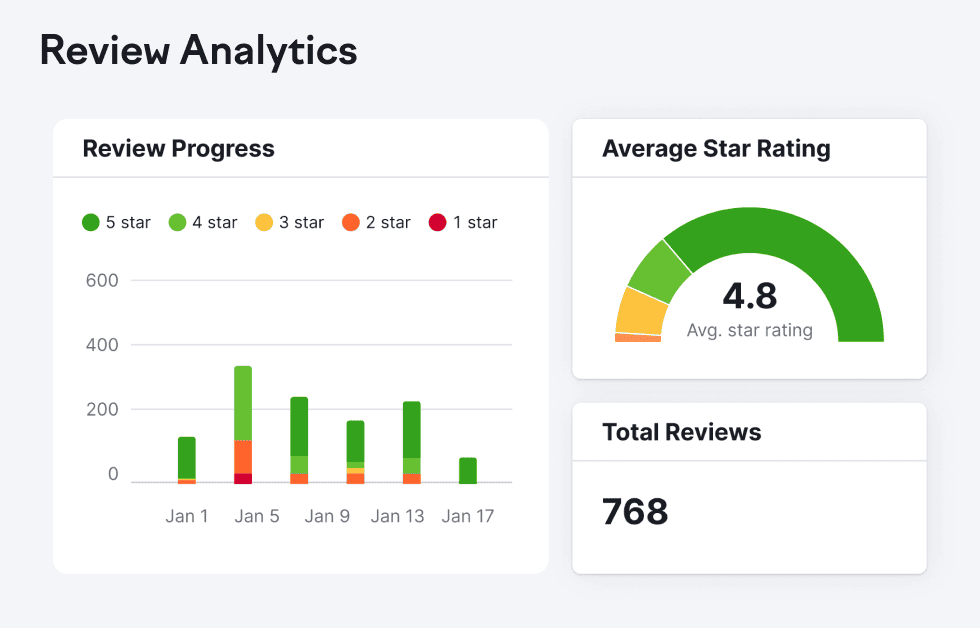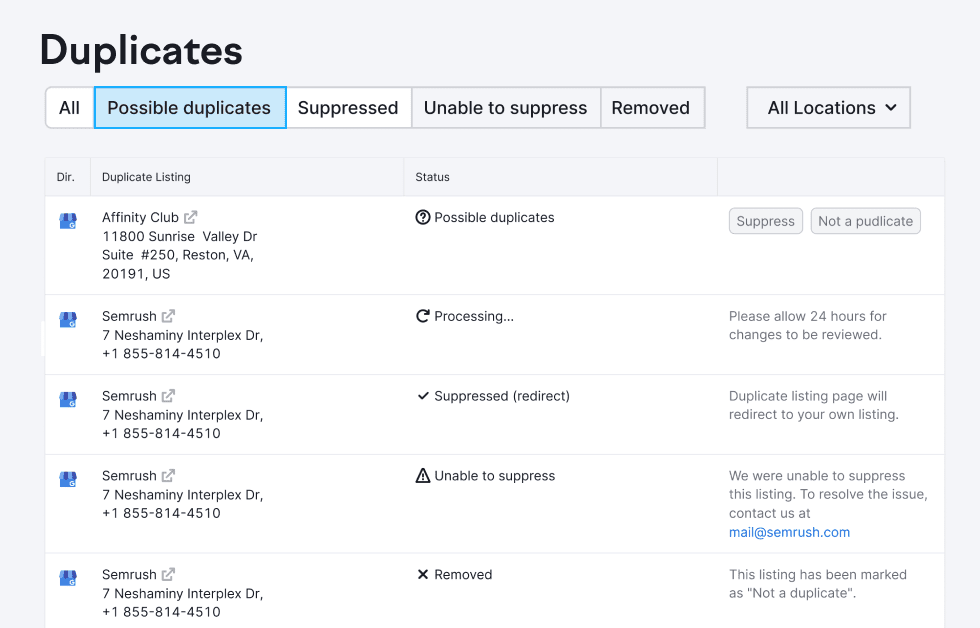- Creating a Google Maps business listing is a fast way to gain local visibility and get new customers coming through your door.
- It’s pretty simple to add a business to Google Maps, even if you’re not tech savvy.
- Semrush Local's suite of tools helps you get even more value out of your Google Maps business listing and tracks your rise to the top of the local rankings.
Why adding your business to Google Maps should be a top priority for local businesses
With more than one billion active users, Google Maps is absolutely where your business needs to be if you want to attract new customers in your local area.
When users search for local businesses like stores and restaurants, Google Maps takes a prime position on the Google SERPs (search engine results pages) and displays the top three listings, known as the “map pack”, “snack pack” or “Google 3-Pack”.
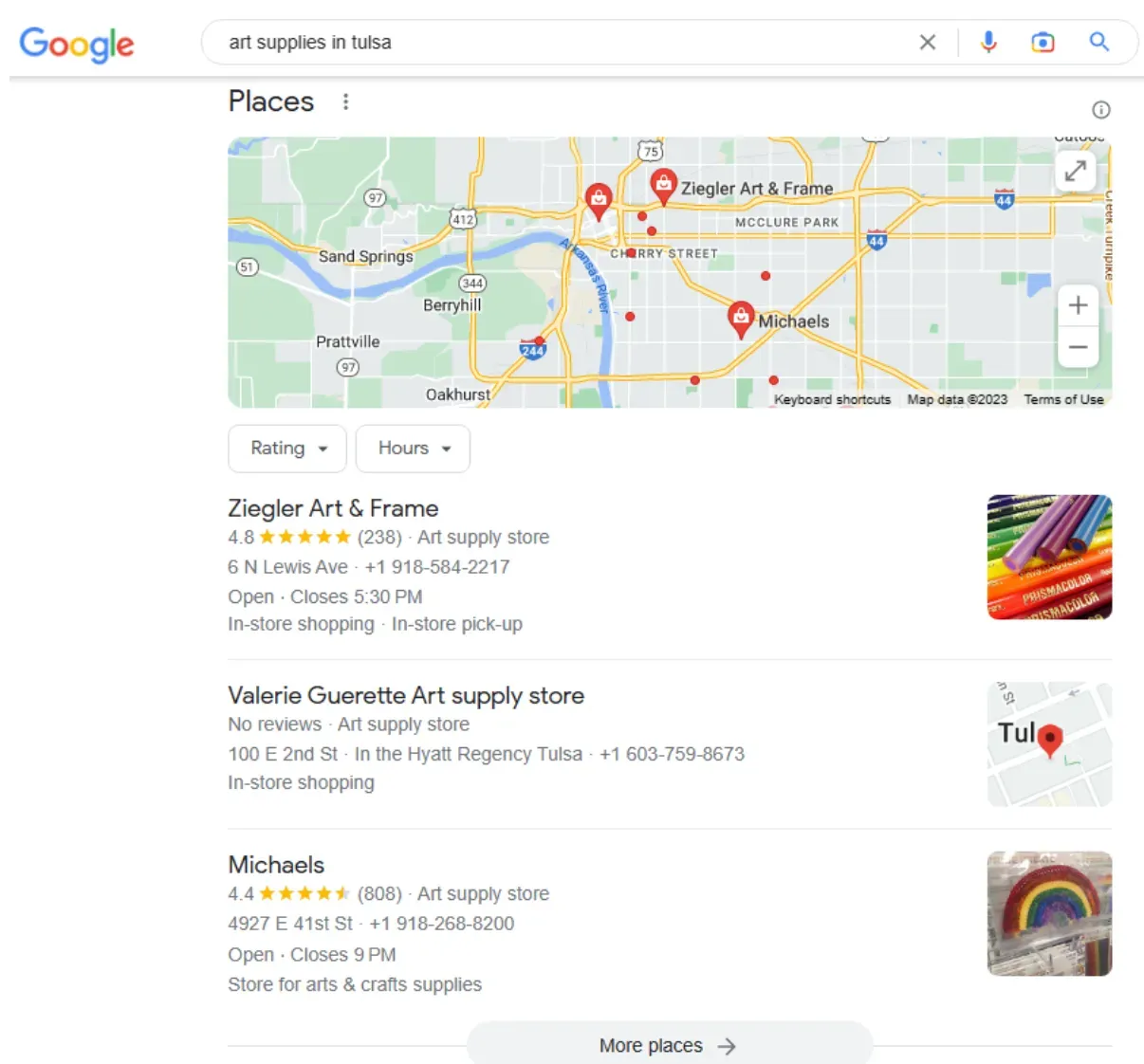
Google Maps results for 'art supplies in Tulsa' showing optimized Google Maps business listings
Because users often make a choice based on the first three results, it’s not only important to add your business to Google Maps, but also to optimize your listing to rank well.
Fortunately, learning how to get your business on Google Maps doesn’t take long, so you’ll be enjoying the benefits of an increased local presence in next to no time.
Getting started: Add your business to Google Maps
Google launched Google Business Profile (formerly Google My Business) to centralise business listings across all its services. So, when you add your business to Google Maps, you’re not really creating a “Google Maps profile”, you’re creating a Google Business Profile.
To add your business to Google Maps, as well as on Google Search when a user looks up your business name, you’ll need to set up a Google Business Profile.

A screenshot of what the Google SERP looks like once you add your business to Google Maps
Here’s how to add your business to Google Maps in a few easy steps:
Step 1: Open the menu in Google Maps and click “Add your business.
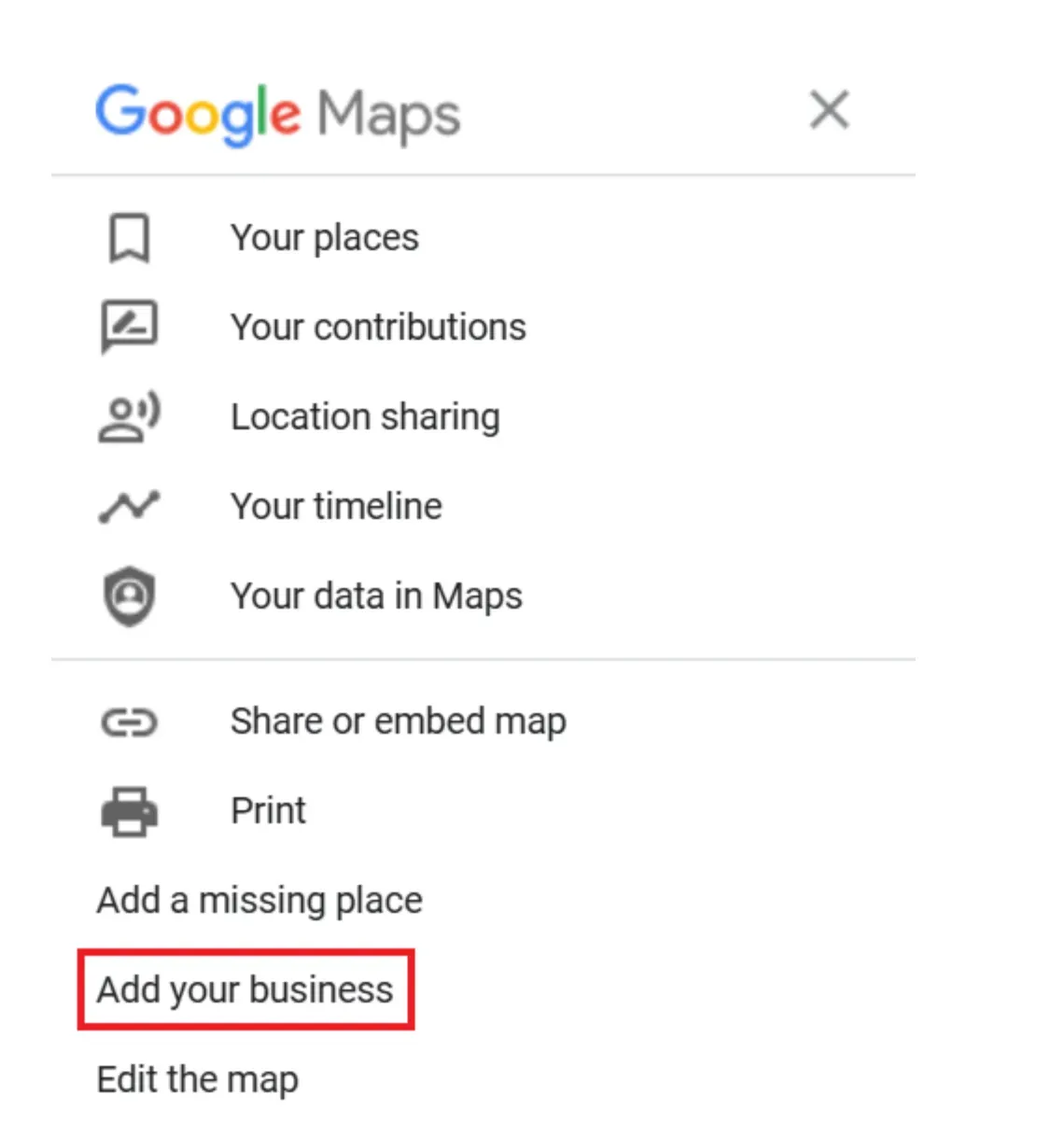
The menu in Google Maps where you’ll find the option to add your Google Maps business listing
Step 2. You’ll then be taken to the Google Business Profile setup page. Go ahead and fill in your business name and choose a category (until your business is verified, you’ll only be allowed to select one category, so pick the most appropriate one for now and come back to add more later if necessary).
Step 3. Next, you’ll be offered the opportunity to add your business’ address. Of course, you’ll want to do this if your business depends on customers visiting your location, like a coffee shop, for example.
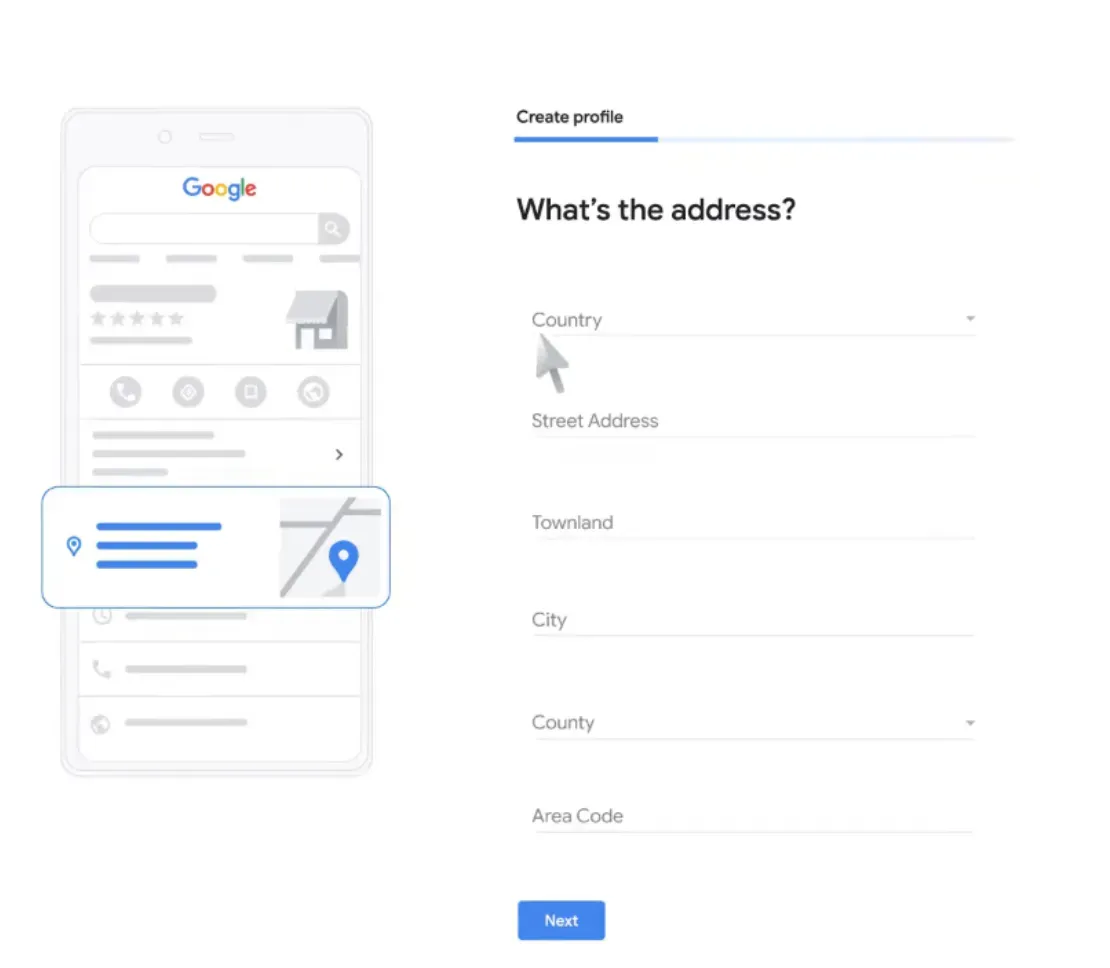
A screengrab of the Google Business Profile setup page where you add an address to get your business on Google Maps
If you go out to serve people in your area, like a plumber, and your address isn’t relevant, you can skip this and just fill in the areas you cover.
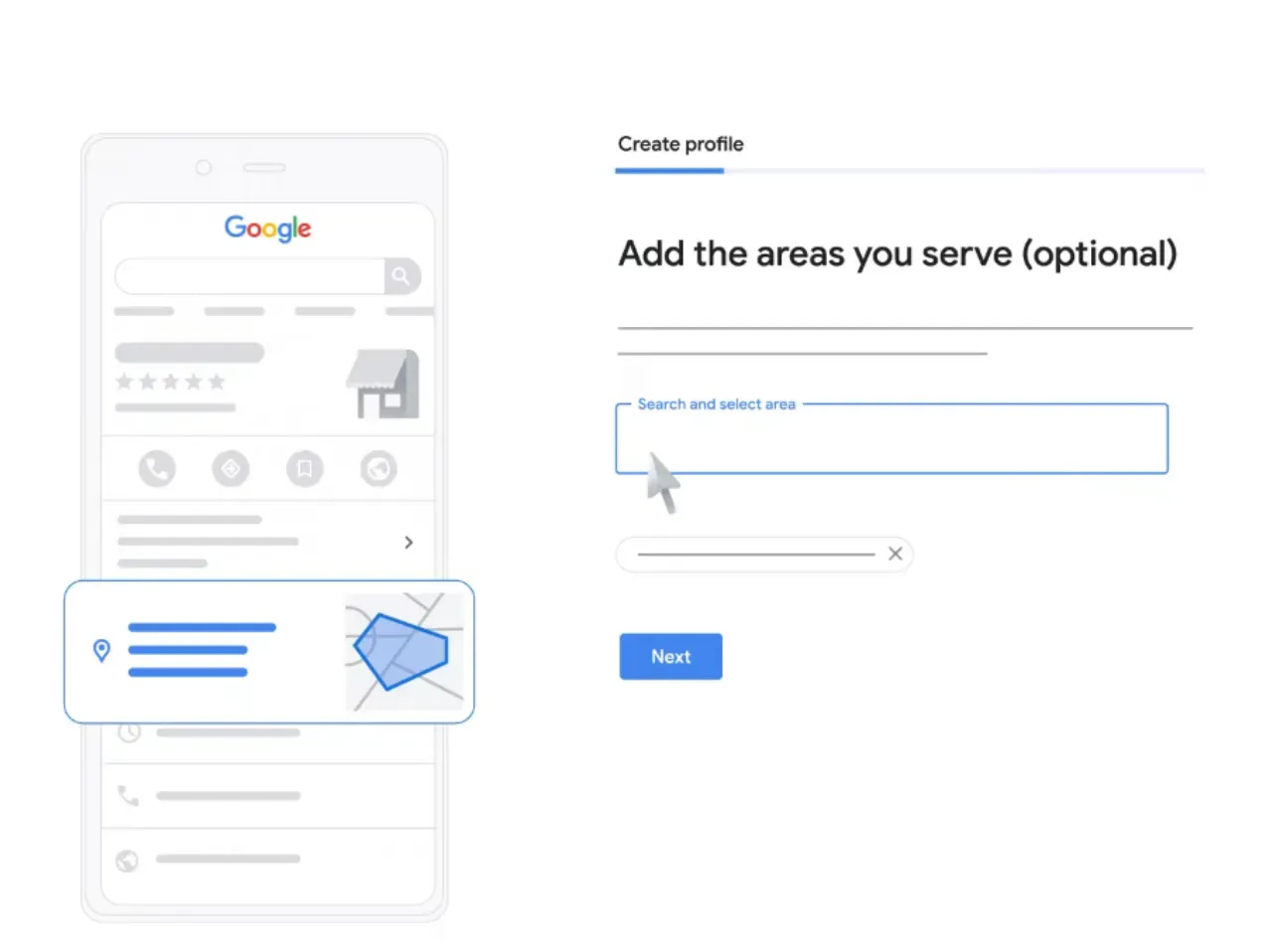
The option to add the areas you serve on the Google Business Profile creation page
Step 4. Fill in your contact details. If you want to track link clicks and calls, you can add tracking numbers and UTMs here if you like.
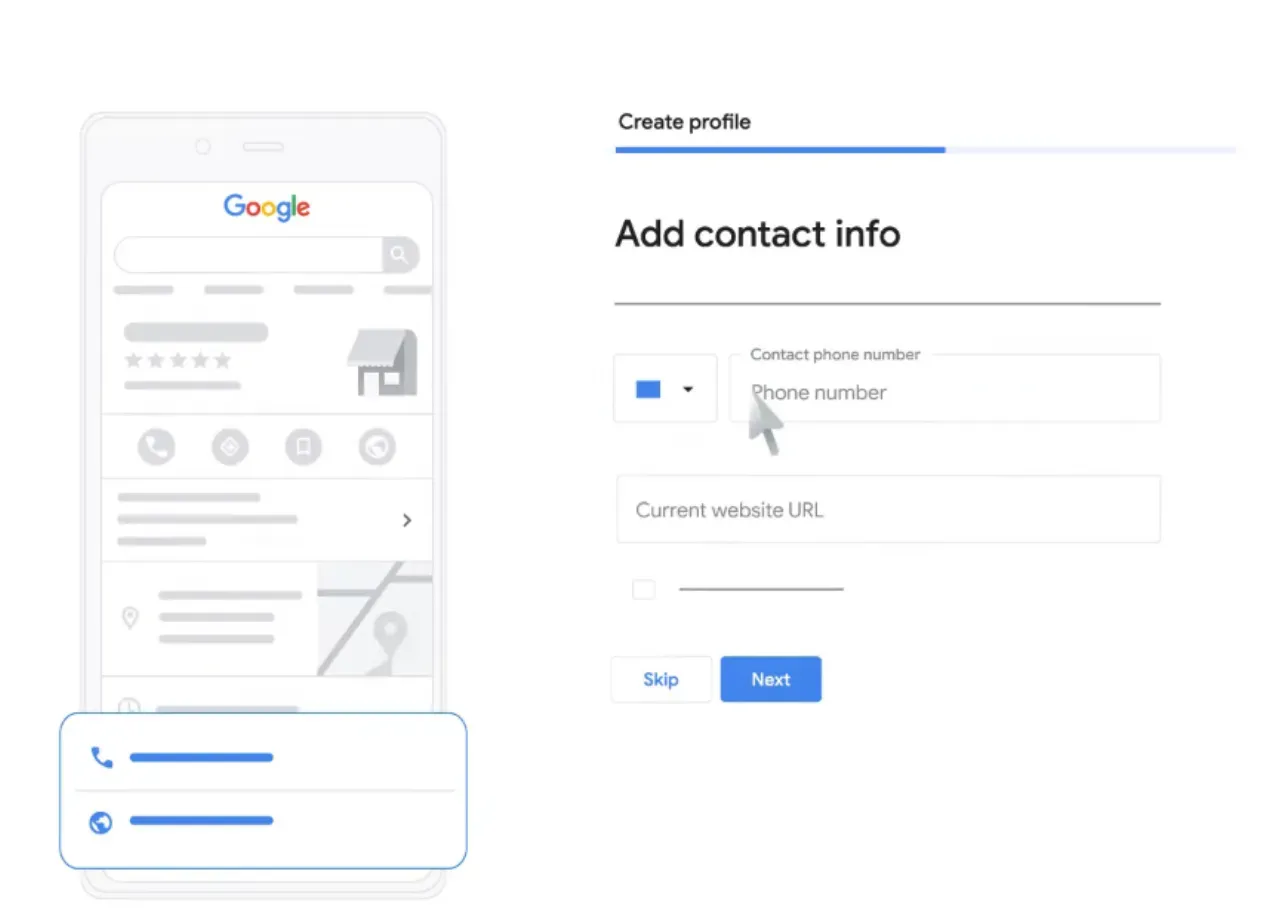
The screen to add your contact details and website when you create a Google Business Profile
TIP: If tracking numbers and UTMs aren’t available to you, Google Business Profile offers lots of interesting stats on your profile’s performance, accessible from the Google SERP once you’ve added your business to Google Maps.
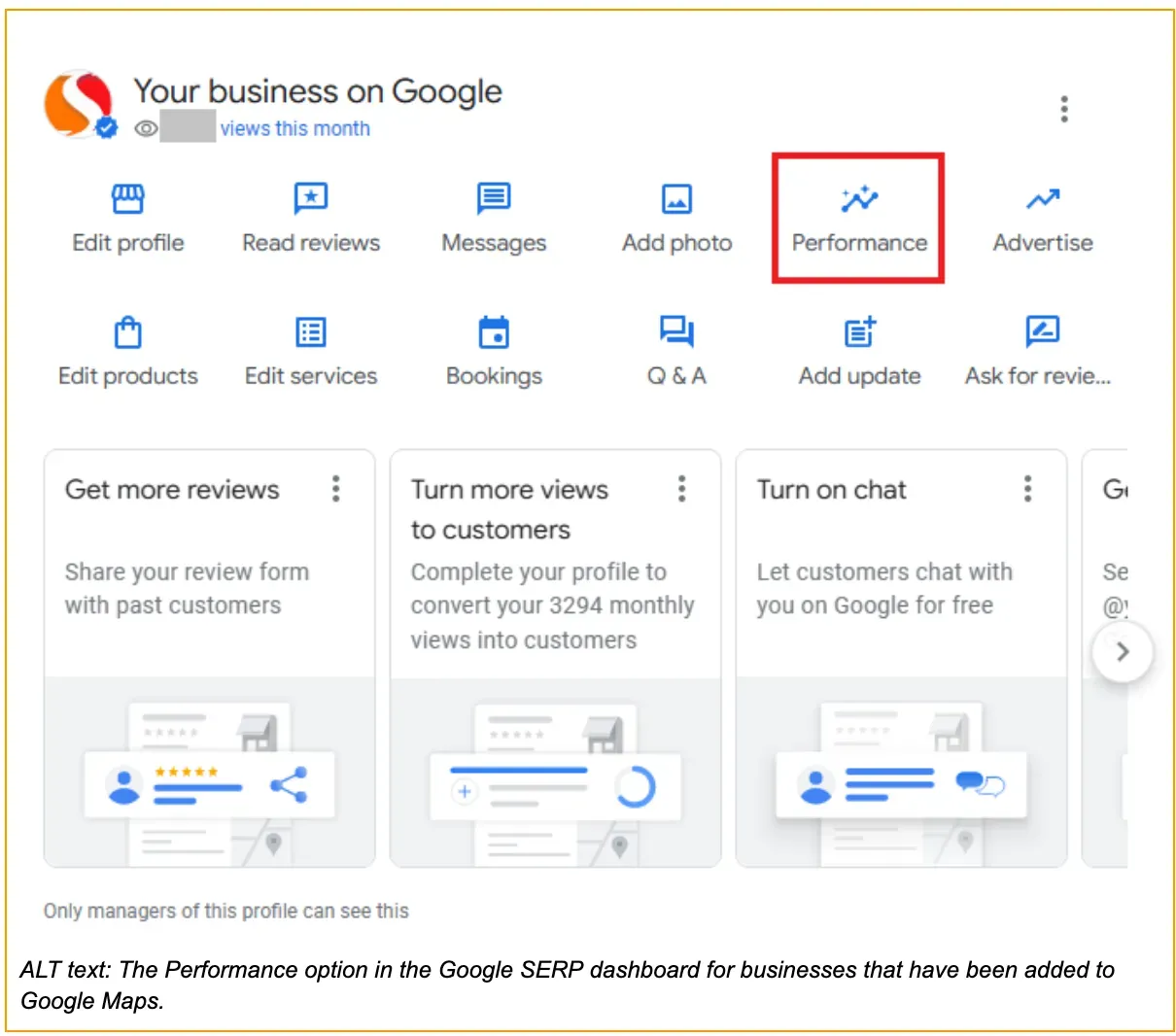
The Performance option in the Google SERP dashboard for businesses that have been added to Google Maps.
Step 5. Before you can officially add your Google Maps business listing, you’ll need to verify that you’re the legitimate owner. There are a few different ways you can do this: phone, text, email, video recording, live video call, or postcard. You may need to verify via more than one method if you are a brick and mortar business with a physical address.

The screen to verify your Google Business Profile before you can officially add your business to Google Maps
Postcards can take up to 14 days to arrive, so you’ll have to wait until then for access to optimize your profile and improve your local rankings.
Claiming a Google Maps business listing
You may find your business already exists on Google Maps.
This may be because a profile had been created in the past, by a former employee perhaps, or it could have been auto-generated by Google based on data about your business from other sources.
The steps to claim a business are similar to those for adding your business to Google Maps, assuming no one contests your ownership.
Step 1. Pull up the Google Business Profile for your business, either via Google Search or Google Maps, by searching for your business name.
Step 2. Scroll down to where it says “Own this business?” and give it a click.
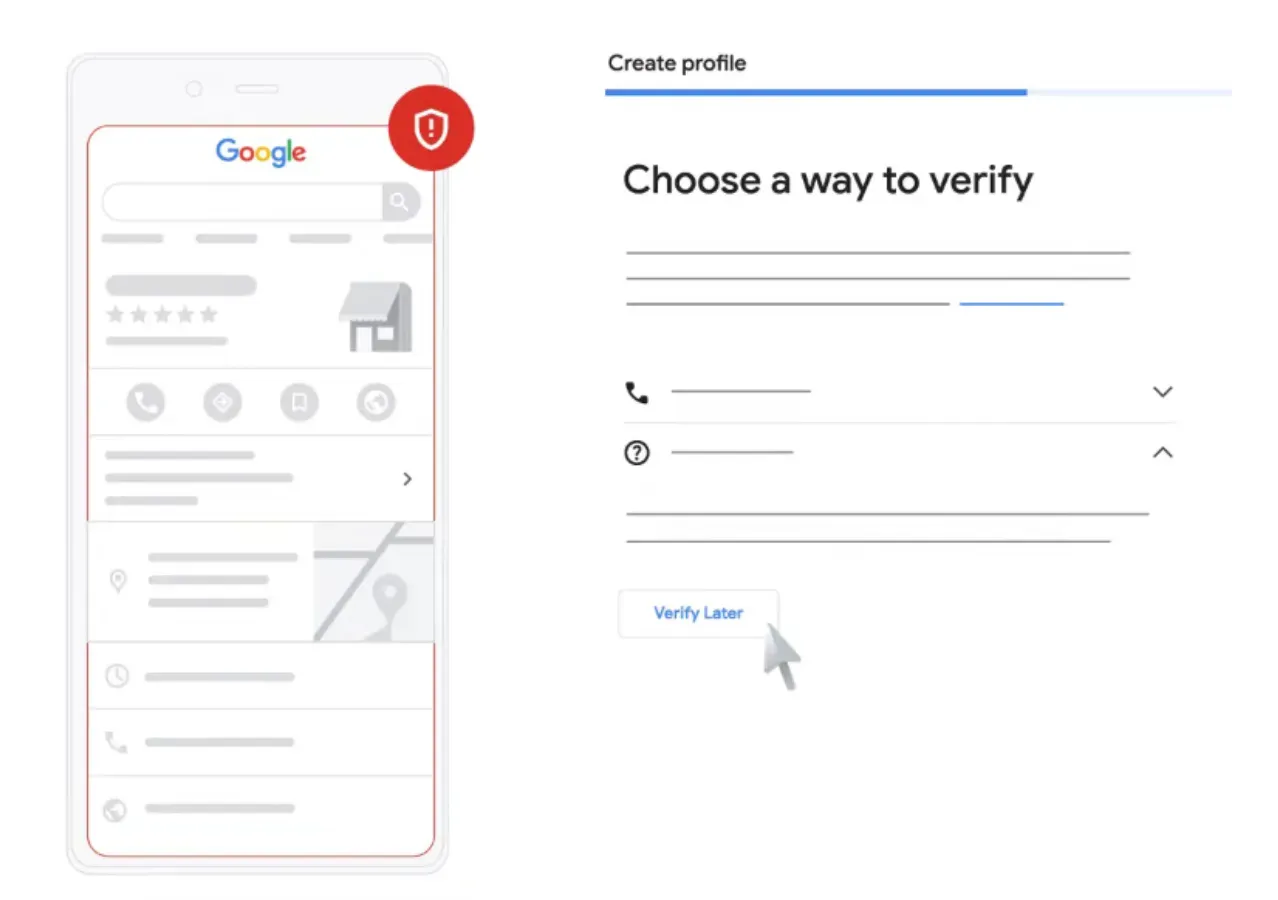
Where you’ll find the “Own this business?” link on a Google Maps business listing
Step 3. Select “Manage now” and you’ll be prompted to verify that you really are the owner, as you would if adding your business to Google Maps from scratch.
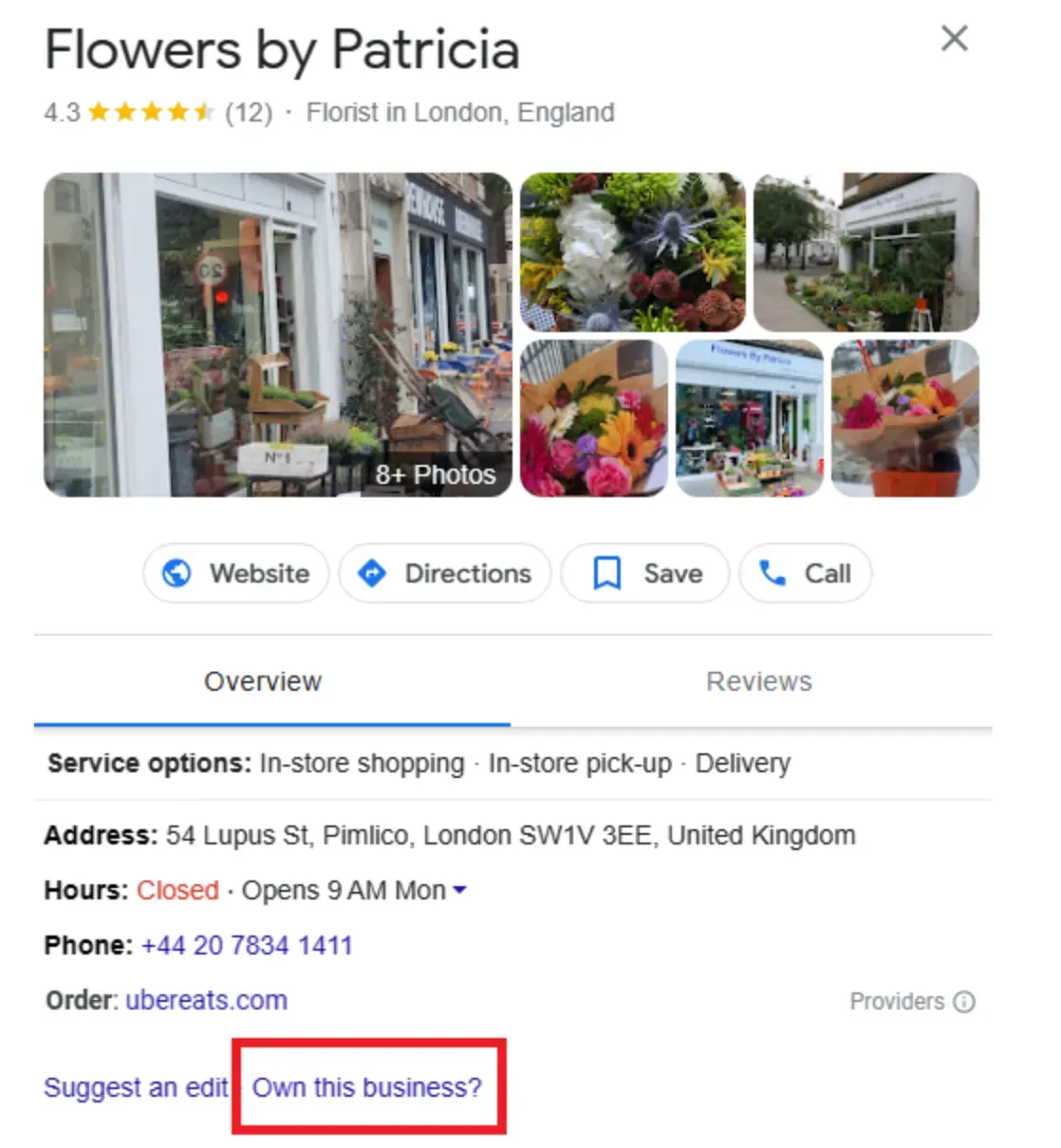
The screen that appears when you click on “Own this business?” to add your business to Google Maps
Hopefully, the verification process goes smoothly, but if the Google Maps business listing is already owned by someone else, you’ll need to request access from them.
Google gives you a clue as to who the owner is by revealing the first two letters of their email address. Stop and think if this could be someone in the company that might have created the profile a while ago and forgot about it, or perhaps it’s an old email address of yours that you still have access to.
If the owner isn’t anyone you know, they’ll get three days to respond to your request. If they challenge your ownership, you’ll need to take it up with Google Business Profile Help.
GO FURTHER: Adding your Google Maps business listing isn’t the only way to boost your local visibility. Use Semrush Local's Listing Management tool to quickly distribute your business listings to 70+ other valuable directories so local users can’t miss you, no matter where they go for information.
Semrush Local keeps your Google Maps listing optimized
Fortunately, Semrush Local's suite of tools takes a lot of the heavy lifting out of raising your business above your competitors and enjoying the boost in revenue that comes with it.
Quickly audit your local citations across the Internet
Getting to the coveted Google 3-Pack is no mean feat. You’ll want to have a reliable way to track your progress through the ranks so you can feel confident your hard work is paying off.
Rather than typing your keywords into Google Search and relying on data that’s tailored to your profile, add up to five keywords to Semrush Local's Listing Management tool’s local rank tracker tab and get an objective view of where you stand against competitors. Or go deeper with Map Rank Tracker and see rankings for specific areas presented as an easy-to-read grid over the service area you’re targeting.With the help of AI choose your target keywords, complete an intuitive setup, and get your heatmap report collected.
